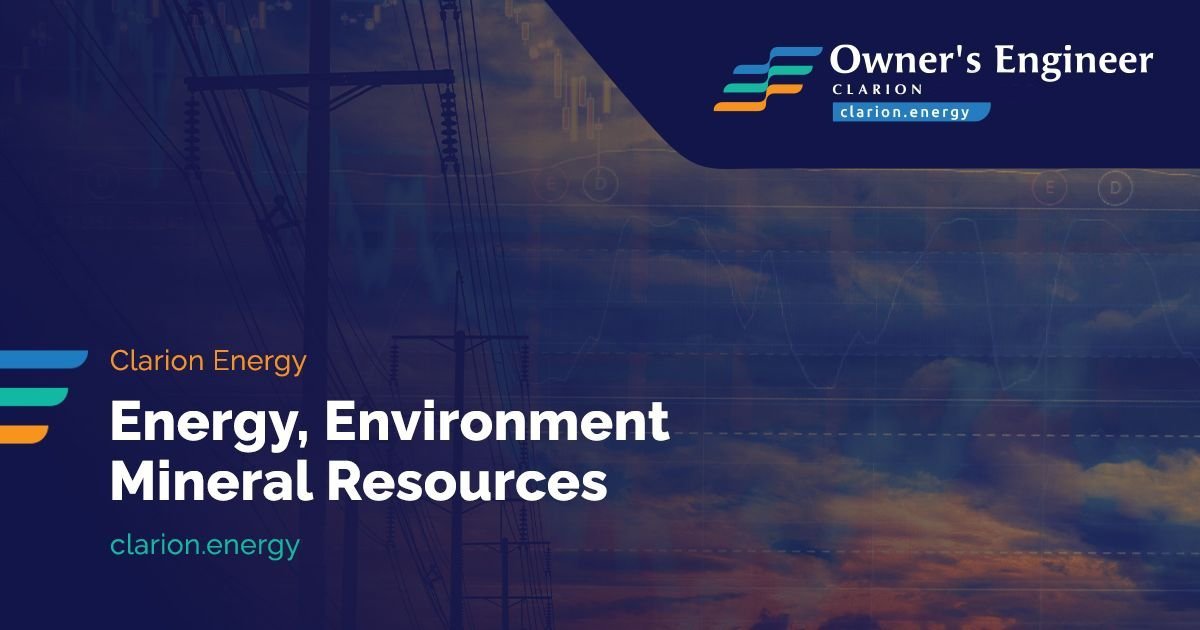A farm holding is the basic unit of agricultural production in Serbia. Each registered farm has the opportunity to access various benefits and subsidies. However, to access these, it is necessary to regularly renew the registration. The registration renewal process was modernized with the introduction of the eAgrar platform, which has streamlined administrative procedures for farmers.
It is essential to understand the significance of registering a farm. A registered farm is entitled to benefits provided by the state, such as various subsidies, favorable loans, crop insurance at reduced prices, and the opportunity to apply for funds from European programs.
In the first year of the eAgrar system’s operation, more than 330,000 agricultural farms were registered in Serbia. This marked a significant step in the digitization of the agricultural sector, although it also posed a challenge for farmers who were not accustomed to using digital tools.
The digitalization of Serbian agriculture gained momentum with the launch of the eAgrar platform in 2023. This platform brought a substantial change to the way farm registrations and renewals are carried out, eliminating the need for physical visits to the Treasury Administration and reducing paperwork.
Instead of the traditional method of renewing registration, which required filling out paper forms and waiting in long lines, eAgrar allows farm owners to complete the entire process online. All that is needed is internet access and basic computer literacy. For those who are not familiar with using computers, support is available through agricultural advisory services and local authorities.
The process of renewing farm registration is now carried out through several clearly defined steps on the eAgrar platform. First, the farm owner or their authorized representative needs to log into the eAgrar portal using a user account. Access can be gained via a computer, tablet, or smartphone, making the process more convenient for farmers who may not have regular access to a computer.
Once logged in, the next step is to review the existing data in the Registry. This step is crucial as it allows farmers to check the accuracy of all registered information and update it if any changes have occurred.
If no changes have been made, the farm owner simply confirms that the existing data is still valid. However, if there have been changes in the status or land holdings, new information must be entered, and supporting documents should be uploaded to verify these changes.
Depending on the type of changes made to the farm, specific documentation is required. Common changes that require additional documentation include changes in land ownership, crops, livestock, or farm ownership. For instance, if the farm has bought, sold, or leased agricultural land, proof of ownership or a lease agreement must be submitted. Similarly, for livestock changes, veterinary certificates may be required to verify animal markings.
It is important to note that all documentation can now be submitted electronically by uploading the files onto the platform.
One of the most important aspects of operating a farm is adhering to deadlines. While farm registration renewal does not have a strict deadline, it is typically done in the first quarter of the year. This is because farmers usually update their information before the announcement of subsidy applications.
Changes must be made within 30 days of the occurrence of the change. Failure to renew registration on time can have serious consequences for farmers. Farms that do not renew their registration lose the right to subsidies and other benefits for the current year, which can significantly affect their operations and income.
According to a study conducted by the Institute for Agricultural Economics in Belgrade, farmers who regularly renew their registration and utilize available subsidies earn an average of 15-20% more than those who do not. This clearly demonstrates the economic importance of timely registration renewal.
The transition to the electronic registration system has brought numerous advantages for farmers. Time savings have been significant, as there is no longer a need to physically visit the Treasury Administration offices and wait in lines. The entire process can be completed from home at any time that suits the farmer.
Additionally, the amount of paperwork has been greatly reduced, contributing to environmental conservation and lowering administrative costs. Changes can now be made much more quickly and easily, and the system enables easier tracking of historical changes.
Another benefit of the eAgrar platform is greater transparency. Farmers have better insight into their data and can easily track the status of their subsidy applications and other incentives. The platform is also linked to other government databases, allowing for automatic verification and confirmation of certain information without the need for additional documentation.
Despite the numerous benefits, transitioning to an electronic registration renewal system presents some challenges, particularly for older farmers or those with limited access to the internet and digital skills. For farmers facing difficulties using the digital platform, support is available through agricultural advisory services, local authorities, and dedicated information centers. These services can assist with the registration renewal process, from accessing the platform to uploading necessary documents.
Training sessions and workshops have also been organized across the country to familiarize farmers with the system and guide them through the registration renewal process.









